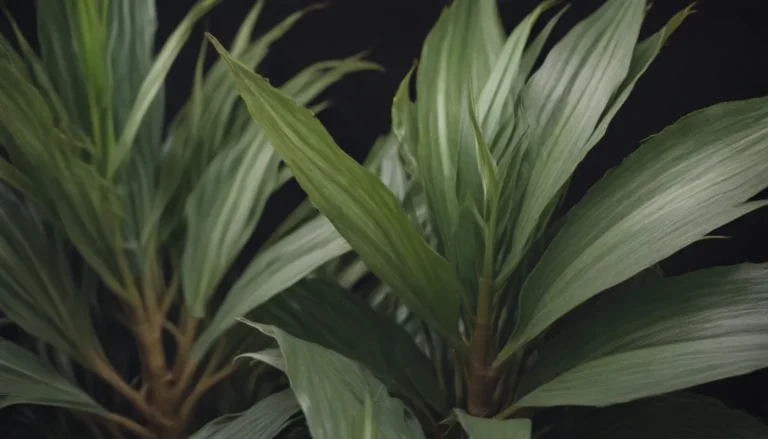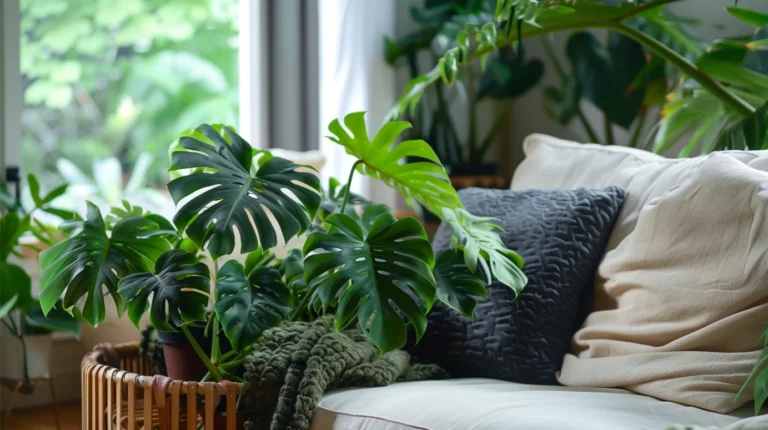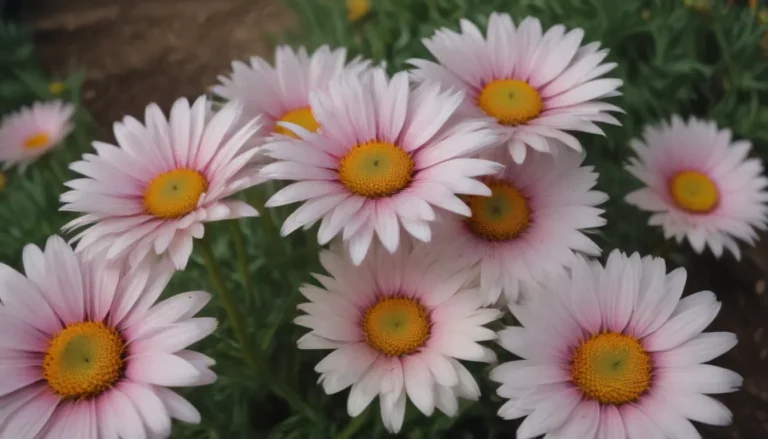The Ultimate Guide to Growing and Caring for Air Plants

If you’re looking to add a unique and low-maintenance plant to your indoor garden, air plants are the way to go. These plants, also known as epiphytes, are fascinating additions to any space as they do not require soil to grow. In this comprehensive guide, we will explore everything you need to know about growing and caring for air plants in your home.
What Is an Air Plant?
Air plants, also known as epiphytes, are plants that do not require soil to survive. Instead, they absorb nutrients from the air, water, and debris around them. They are commonly found growing on trees, rocks, and other surfaces without being parasitic. The term “air plant” is synonymous with the Greek term “epiphyte,” which translates to “on top of plant.”
Air Plant Care
Taking care of air plants is relatively easy once you understand their basic needs. Here are some general guidelines for caring for your air plants:
Light
- Air plants thrive in bright to medium indirect light.
- Avoid prolonged exposure to direct sunlight, as it can burn their delicate leaves.
Water
- Watering air plants can look different than watering traditional houseplants.
- Most air plants can be soaked in a bowl of distilled water for 20 to 40 minutes every 1 to 2 weeks.
- Some air plants may prefer misting or a quick dunk in water.
Temperature and Humidity
- Air plants prefer warm, humid conditions.
- Avoid exposing them to cold drafts or extremely dry conditions.
- Placing a humidifier nearby can help maintain the right humidity levels for your air plants.
Fertilizer
- Feed your air plants once or twice a month with a water-soluble fertilizer formulated for epiphytes.
- These fertilizers contain absorbable nitrogen to help your plants thrive.
Displaying Your Air Plant
Since air plants do not require soil, the possibilities for displaying them are endless. Get creative and showcase your air plants in unique ways around your home. Here are some ideas to get you started:
- Hanging pots
- Terrariums
- Fish bowls
Types of Air Plants
There are hundreds of plants that can be classified as air plants, each belonging to different plant families. Some popular types of air plants include:
- Tillandsia
- Orchids
- Cacti
- Ferns
Pruning and Propagating Air Plants
Routine pruning is essential for maintaining the health and appearance of your air plants. Here are some tips for pruning and propagating your air plants:
Pruning
- Gently pull off dried-up or dead leaves as you spot them.
- Trim partially damaged leaves with gardening shears.
Propagating
- Air plants can be propagated through division of pups or stem cuttings.
- Research the best method for propagating the specific type of air plant you have.
Potting and Repotting Air Plants
Air plants can thrive in various types of containers, including hanging pots and terrariums. If your plant outgrows its current container, you can repot it into a larger one. However, repotting is only necessary when the plant becomes too big for its current home.
Common Pests and Plant Diseases
Mealybugs and scale insects are common pests that can affect air plants. To prevent infestations, wipe the plant with rubbing alcohol and spray with neem oil regularly. Additionally, avoid overwatering to prevent rot and fungal diseases in your air plants.
How to Get Air Plants to Bloom
Air plants bloom once in their lifetime, producing vibrant flowers that are worth the wait. Here are some tips for encouraging your air plants to bloom:
- Ensure your plant receives enough indirect sunlight and water.
- Monitor the color of the leaves for signs of blooming initiation.
- Trim dead flowers after the blooming cycle to promote new growth.
Common Problems With Air Plants
Improper watering and humidity conditions are common issues when growing air plants indoors. Here are some common problems and solutions:
Browning Tips
- Increase humidity around the plant before adjusting your watering schedule.
- Place a small humidifier nearby or move the plant to a more humid room.
Mushy Stems
- Brown, mushy stems indicate overwatering.
- Remove mushy stems and adjust your watering schedule to prevent further damage.
In conclusion, air plants are fascinating additions to any indoor garden. With proper care and attention to their unique needs, you can enjoy these low-maintenance plants in your home. Experiment with different display methods, provide adequate light and water, and watch your air plants thrive and bloom. Happy planting!





